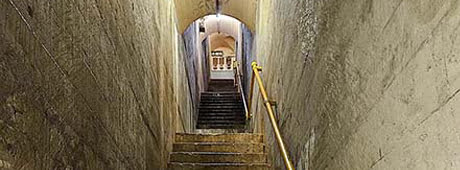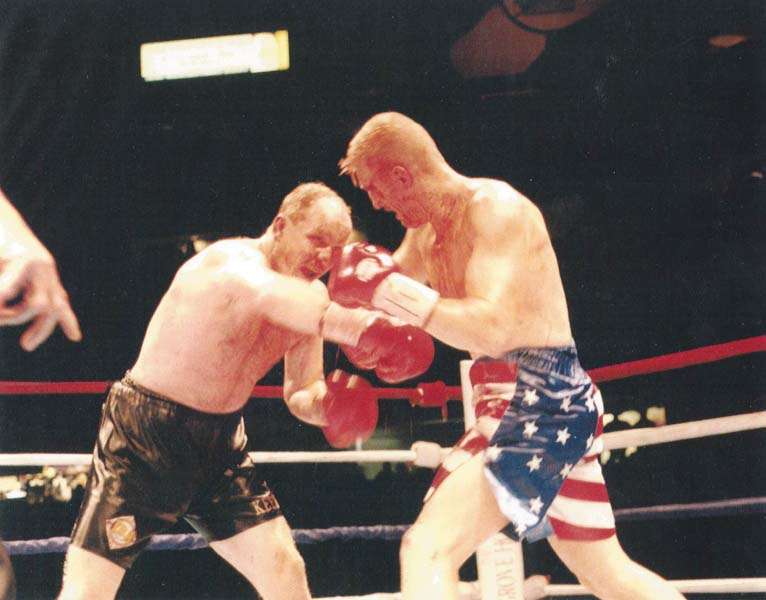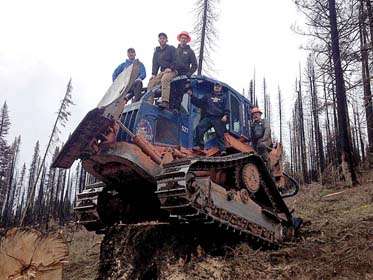I married into a five-generation logging family. I’ve always thought this to be impressive, and it makes me proud, even though I’m sometimes bewildered at how the family has stayed so close-knit throughout the generations.
Jake and I married in 2007, after dating for nearly two years. During that time, I learned only a fraction of what it takes to keep a logging business going steady, even while trying to balance the constantly shifting demands of family time and work. I’m still learning, although at a much more relaxed pace than in the early days. I have come to appreciate what has been passed down in the family business: hard work, long hours in the woods, a few more hours at the shop on Saturdays, and the razzing from a brother-in-law who has, well, no filter.
As we head into February, I become anxious about the layoff season for the guys, who include my father-in-law, Tim, his brother John, and Tim’s sons, Matt, Luke, and Jake. I’m getting extremely anxious to spend more time with my husband, Jake, and I know our two boys, Wyatt, three, and Blake, two, feel the same way. The busyness of those little boys is one of the reasons I look forward to Jake being closer to home during winter and spring. They are busy like their father, their uncles, their great-uncle, and grandfather. This busy life of the men, away from home nine months of the year, stretches back decades, to a time when logging was quite a bit different than it is today.
In 1901, Peter and Mary Brown settled in Prairie for roughly eleven years. They had fourteen children, an amazing challenge to take on while trying to make a living in those days. For Peter, making a living consisted of waking early to go with his horses to the timber, where he felled with crosscut saws. He then pulled logs down the mountain and hauled them to the mill, with only his team of horses to help. Continue reading →
This content is available for purchase. Please select from available options.
Purchase Only




